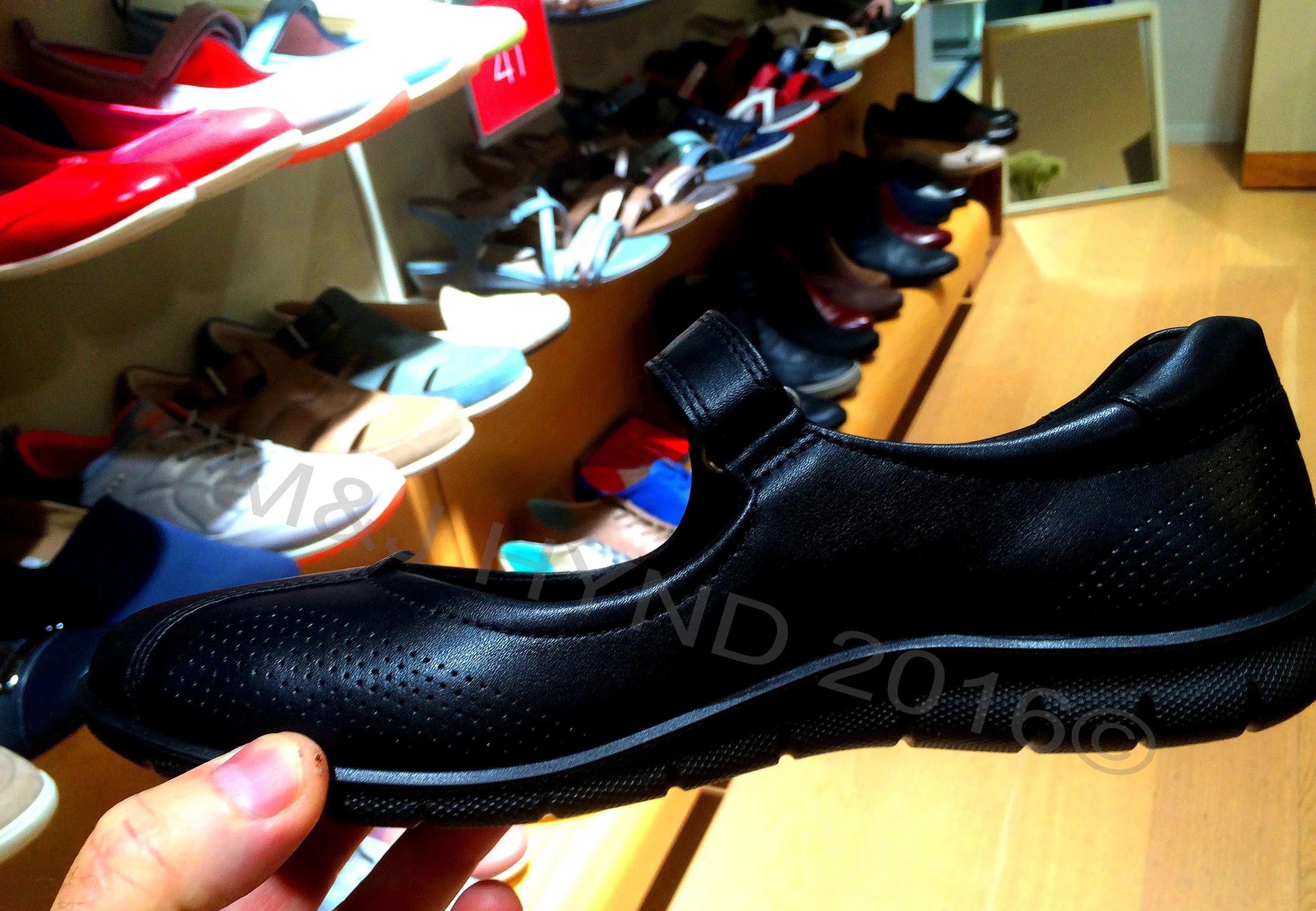When 'walk with me' is not so easy
'Move it to the left' is in one of Mick Jaggers' lines in the Rolling Stones Harlem Shuffle track... it assumes you have rhythm, but more importantly is it assumes you have identical movement faculties on both sides... and most crucial of all is getting the balance just right, or, any sense of balance(!). Not so in my case.
To re-learn how to walk again? Was that so difficult? To learn to stand, before I could learn how to walk after my stroke was the first step. The agonising attempt to stand, from the sitting in a wheelchair was excruciating - muscles which had lain dormant were now asked to do something unheard of, a superhuman effort, in fact. No, they were just my impression, early in the piece of stroke-rehab - I still remember the feeling of haplessness, hopelessness... but I tried, and tried... little by little, inch by inch, I eased up and..voila! I was standing - in those days, I stood in a ''standing frame''.
Later on, when I could walk a bit (before I tired, and had to be in a wheelchair again) ...inching my way forwards, taking minute steps as I couldn't feel my right side to know what I was doing, balance is an important factor, shuffling and shambling.... as I was wary of taking another step in case I fell.
Perhaps it was not that easy to relearn to walk. It's timing, clonus, footdrop, lack of sensation and spatial awareness difficulties, etc. I walk with a gait, even now, however, I'm up to the challenge.
Clonus: is a type of neurological condition that creates involuntary muscle contractions. This results in uncontrollable, rhythmic, shaking movements. People who experience clonus report repeated contractions that occur rapidly. In the UK, in general, people came into the home wearing shoes and they didn't take them off until bedtime. When we returned to NZ after more 25 years away overseas, a lot of people take their shoes off before they go into the house. Uh-oh...I'd have to have a chair or some seat available, outside, to take my shoes off, because I still have challenges balancing.
Sitting on the stairs inside the house is my next option. If stairs are available and quite close to the entry doorway that'll be brilliant. If there are slippery floors inside the house I'm visiting, I tend to slip; so I'm very cautious.
Before I had the AFO (Ankle Foot Orthosis) my feet were a 'normal' size. But, my right foot exhibited FootDrop after the stroke. I could fall on the pavement, just slowly perambulating because after the stroke as I couldn't lift my foot in a normal walking gait. So, I could trip, catching my toes... and twist my ankle. With the AFO, it was possible to be more confident, walk looking upwards rather at my feet all the time because of impaired sensation.
Agrigento, Sicily.. see A temple quite a long way behind me, on the distant crest of the hill
voila! Finally arrived in one piece, without tripping or falling... Took a photo of the fallen bronze Icarus statue
Remains of fallen Telamon in the Olympeion field
But the formed plastic of the AFO had bulk. So I was perhaps one, or two sizes larger, from left to right when searching for shoes. In the early years, we had to buy two pairs of shoes to cater for my bulky AFO. Tennis shoes were the footwear for me for a very long time. With the passage of time and newer technology for the AFO, now we buy one slightly larger pair and bulk it out with insoles, and hope they fit. Some years ago I was trying for dress-shoes! Just one or two pairs. Not every shoe that fitted (which was quite a challenge already) was comfortable; in fact, to search for shoes was a major task:
find shoes that fit the affected side with AFO
had to imagine whether the unaffected side will be comfortable having 1 or 2 insoles to bulk out the length, then having a walk in the new shoes
I've found so often, that when I go to stand up in the new shoes, there is an instant, excruciating pain on my affected side. Either the soles or the top side, was pinching dreadfully somewhere (since I can't feel the pain until it is dreadful as I have lack of sensation, this is a cause of concern if I yelp) ...
if I can stand up in them, walking about the store can present some other form of pinching. I've had many instances where we've bought a pair of shoes and they were alright until the next day. With the lack of feeling on my affected side, it could take a while for the lack of comfort to show through. That's tough, unless you're able to find a store to return it, after you've been wearing it for some time.
Have AFO, will travel.... not quite as fast as before, but I do get around .
marina, santa pola; spain
downtown, Palermo, sicily; italy
isla tabarca, santa pola; spain
amalfi coast; italy
Out of the blue, I've met some people who are also stroke survivors. They see me wearing my AFO, at grocery shopping, at delicatessens. They stop me to have a chat: ladies, who had had strokes but are searching for dress-shoes. We are still female, and to have lovely shoes is probably the makeup of loads of ladies who've had strokes. Nice dress, to have shoes that match, and don't want to necessarily spend a lot of money? Shopping from a high-street store, rather than having bespoke shoes from a health practitioner (like orthotic aids) is good, but one can have a tough time searching for the correct shoe. Unfortunately, it takes me years to find one that fits and is comfortable. Good luck ...









